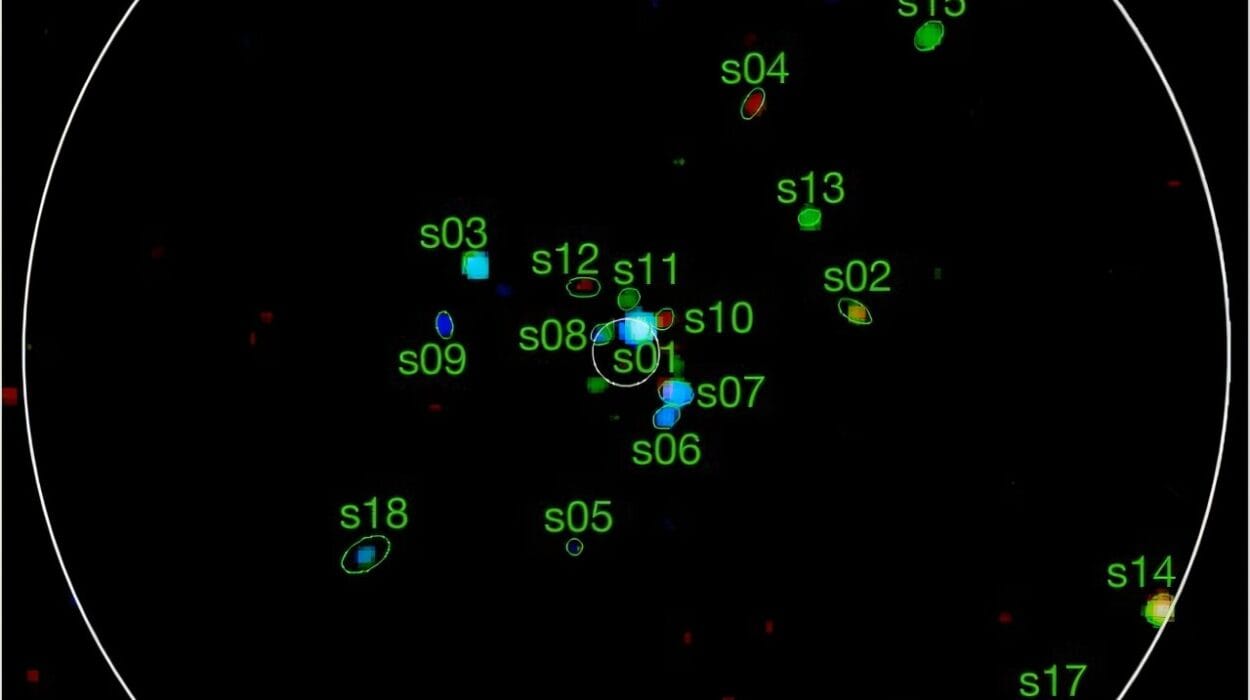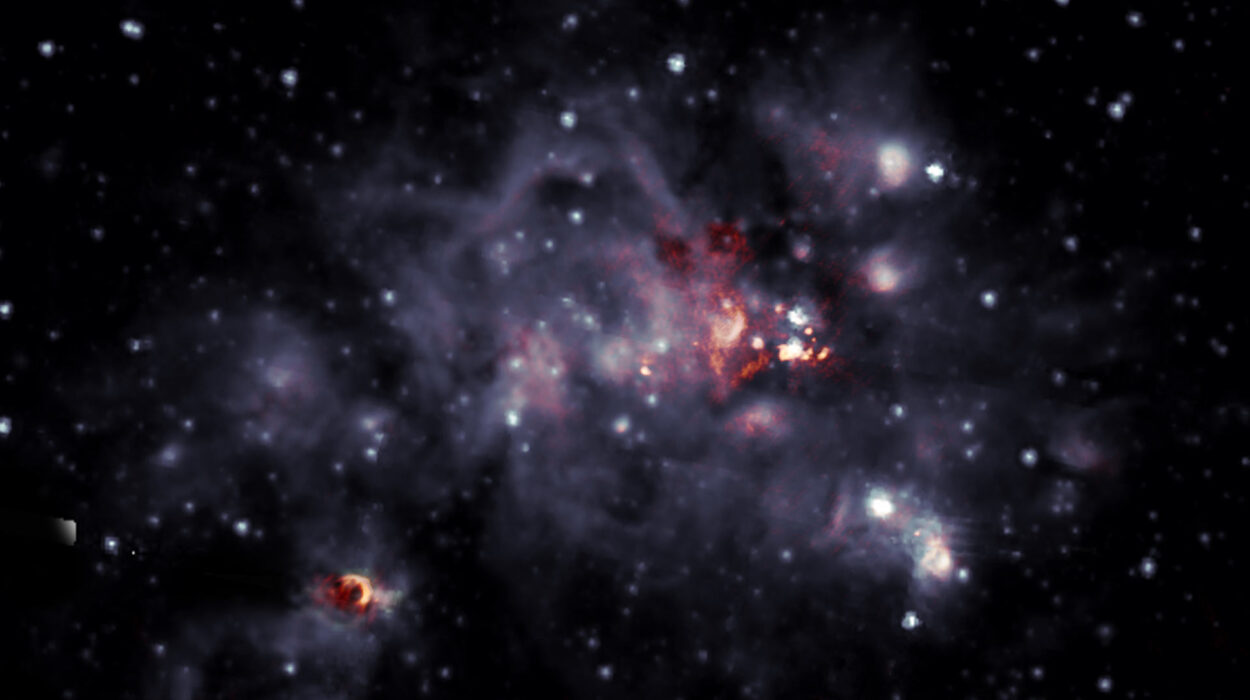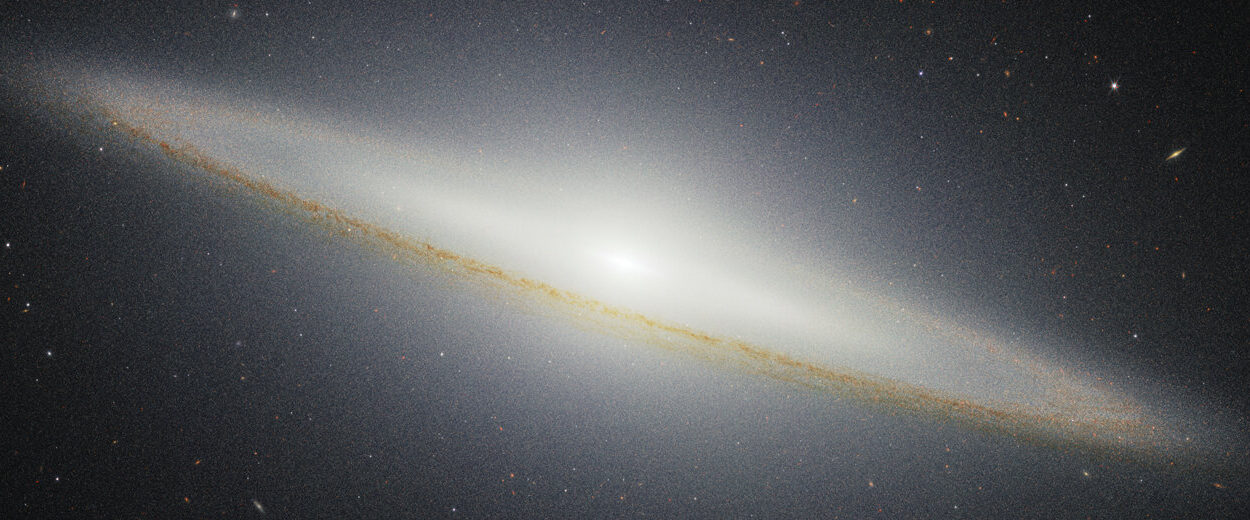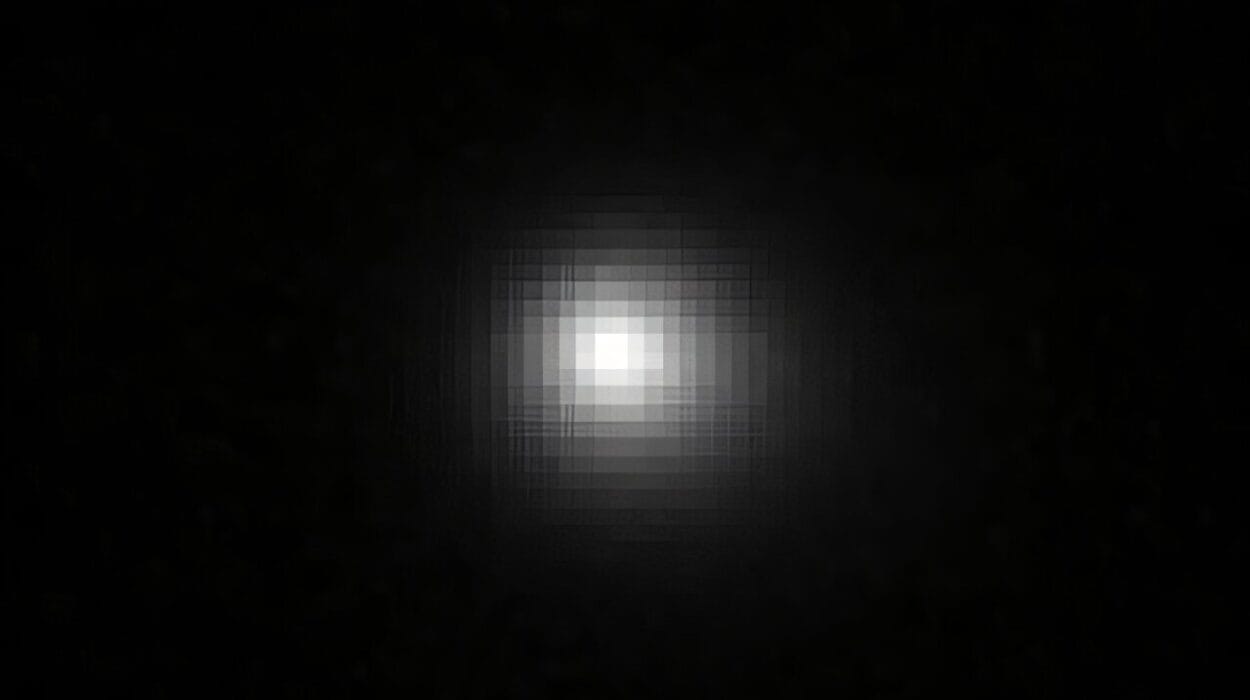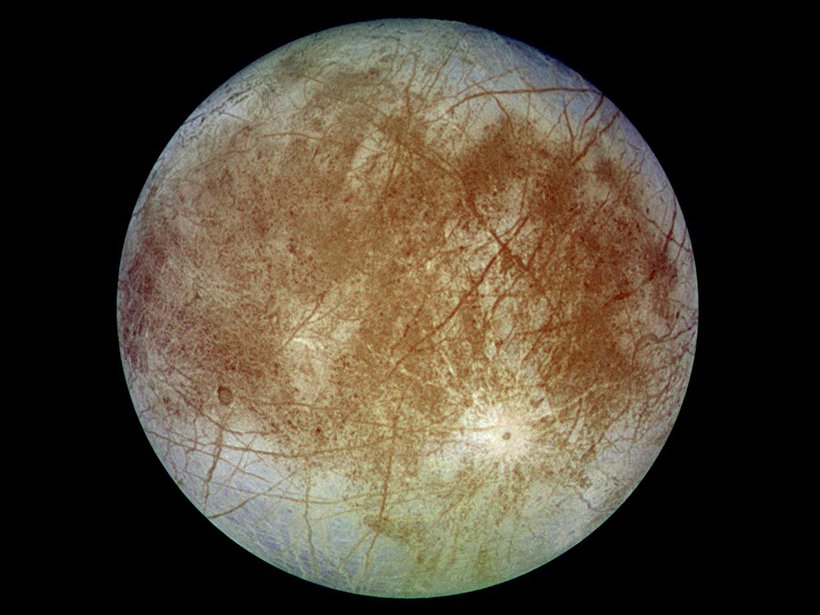A groundbreaking discovery by a team of leading astronomers, including Dr. William Alston, Senior Lecturer in Data Science at the University of Hertfordshire’s Center of Astrophysics, has sent shockwaves through the scientific community. The team has detected unprecedented periodic X-ray pulses emanating from the supermassive black hole 1ES 1927+654, which lies approximately 270 million light-years away. These pulses, initially observed at 18-minute intervals, have bafflingly accelerated to a rapid seven-minute interval over the course of just two years—a phenomenon never before observed in astrophysical research.
This extraordinary development, which has piqued the curiosity of scientists and astronomers across the globe, is sparking a flurry of new investigations into the behaviors of supermassive black holes and their interactions with surrounding objects. The discovery is remarkable not only because of the nature of the pulses themselves but also due to their periodicity, which has provided new avenues for exploring the complexities of these cosmic giants.
Understanding the Phenomenon: The Pulses and Their Origins
The periodic X-ray pulses detected from 1ES 1927+654 have exhibited an unusual behavior. Initially, the X-ray bursts were emitted at 18-minute intervals, but over the course of two years, they inexplicably accelerated, shortening to just seven-minute intervals. The cause of this dramatic shift in timing has mystified scientists, as such behavior has never been documented before in the study of black holes.
The research team, led by Megan Masterson, an astronomer from MIT, proposes a compelling hypothesis to explain the phenomenon. According to their findings, the X-ray pulses may be originating from a white dwarf star—a dense stellar remnant left behind after a star has exhausted its fuel and undergone a supernova explosion—that is dangerously close to the event horizon of the supermassive black hole. The white dwarf, which has been observed shedding its outer layers, could be caught in an intricate dance with the black hole, with its material being gradually torn apart by the black hole’s immense gravitational forces.
The white dwarf’s proximity to the black hole is leading to the shedding of its outer layers in a process that could prevent it from being fully consumed. This interaction is likely the source of the periodic X-ray emissions, as the material from the white dwarf is heated to extreme temperatures as it spirals toward the black hole, emitting bursts of X-ray radiation as it undergoes intense gravitational and electromagnetic forces.
The Importance of Quasi-Periodic Oscillations (QPOs)
A critical aspect of this discovery is the phenomenon of quasi-periodic oscillations (QPOs), which are periodic fluctuations in the X-ray brightness near a black hole. QPOs are often observed in smaller black holes within our galaxy, but their detection in the vicinity of supermassive black holes like 1ES 1927+654 has been far more elusive.
Dr. William Alston explains the significance of QPOs in black hole research, stating, “QPOs act like a natural clock, helping us understand how matter moves as it falls into a black hole. By studying these oscillations, we can test some of the most extreme physics in the universe, including Einstein’s theory of relativity.”
While QPOs are relatively easier to detect around smaller black holes, their presence in the surroundings of a supermassive black hole like 1ES 1927+654 is a notable breakthrough. The QPOs observed in this particular case are strikingly clear and appear to evolve over time. In some respects, they resemble QPOs from smaller black holes, but with unique characteristics that suggest a more complex and unusual process is at play within the supermassive black hole.
These oscillations offer a rare opportunity to study the extreme physical conditions near a black hole, including how matter behaves in the presence of powerful gravitational fields. They also provide a method to test theories of general relativity in the most extreme environments.
Gravitational Waves: The Next Step in Discovery
One of the most exciting implications of this discovery is the possibility that the interaction between the white dwarf and the supermassive black hole could produce gravitational waves. Gravitational waves are ripples in spacetime caused by the acceleration of massive objects, such as black holes or neutron stars. These waves were predicted by Einstein’s theory of general relativity and were first directly detected in 2015 by the Laser Interferometer Gravitational-Wave Observatory (LIGO).
The team believes that if the white dwarf is indeed the source of the X-ray pulses, it is likely also producing gravitational waves. These waves would carry valuable information about the dynamics of the black hole and its interaction with the nearby stellar remnants. However, detecting these gravitational waves will require specialized instruments capable of picking up the faint signals they produce.
Excitingly, upcoming observatories, such as the European Space Agency’s Laser Interferometer Space Antenna (LISA), which is slated for launch in the 2030s, may be able to detect these gravitational waves. LISA, a space-based observatory, will be able to observe gravitational waves with much greater sensitivity and precision than ground-based detectors like LIGO, providing an unprecedented opportunity to confirm the team’s hypothesis and gain further insight into the behavior of black holes and their interactions with nearby objects.
Implications for the Study of Black Holes
The discovery of periodic X-ray pulses from 1ES 1927+654 offers valuable new insights into the complex dynamics of supermassive black holes. As one of the first documented instances of such behavior, this finding could help astronomers refine their models of black hole accretion, the process by which matter is drawn into a black hole and forms a swirling disk around it. The unusual acceleration of the X-ray pulses also raises important questions about the nature of the material surrounding black holes and the forces that govern its behavior.
In addition to its scientific importance, the discovery holds the potential to inspire future space missions focused on black hole research. The study of X-ray emissions and gravitational waves from black holes is an area of great interest, and continued observations with existing telescopes, as well as the development of new space-based observatories, will likely reveal even more about the extreme environments surrounding these enigmatic cosmic objects.
A Promising Future for Black Hole Research
The presentation of this research at the 245th meeting of the American Astronomical Society (AAS 2025), held in National Harbor, Maryland, marked a significant milestone in the study of black holes. The team’s findings represent just one piece of a much larger puzzle that scientists are working to solve: understanding the behavior of supermassive black holes, their role in the evolution of galaxies, and the extreme physics that govern their existence.
As the research community eagerly anticipates further observations, it is clear that 1ES 1927+654 will remain at the center of black hole research for the foreseeable future. The discovery of periodic X-ray pulses, the potential for gravitational wave detection, and the possibility of confirming the white dwarf hypothesis all point to a future rich with groundbreaking insights into the workings of the universe.
In conclusion, 1ES 1927+654 continues to challenge our understanding of the cosmos, offering astronomers a rare opportunity to study one of the most mysterious and powerful objects in the universe. As technology advances and new observational tools come online, the universe will likely reveal even more surprises, pushing the boundaries of knowledge and leading to an ever-deepening understanding of the extraordinary phenomena that exist beyond our planet.

